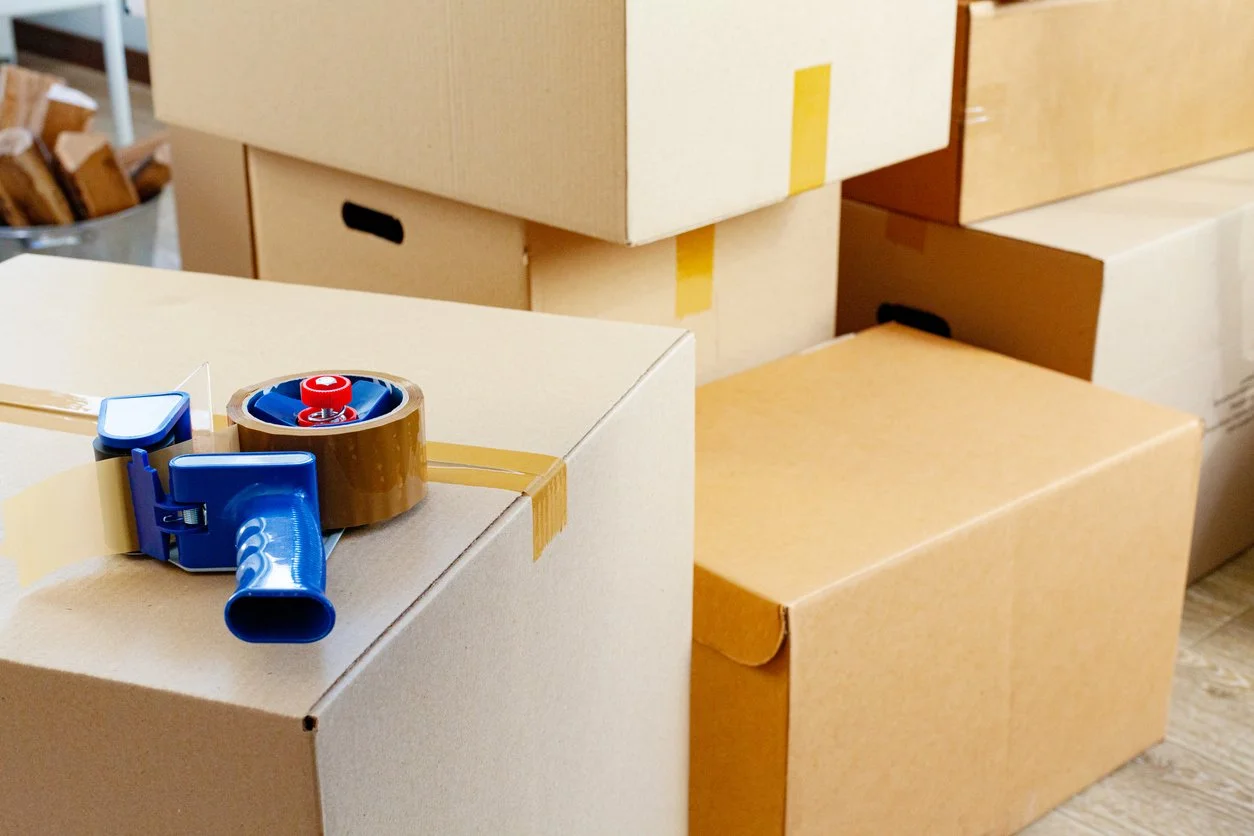Shipping Small Packages? 5 Steps to Reduce Damage
No matter how small a package is, be it a vase or a coffee machine, it is essential to package the item properly before shipping it. Proper packaging reduces the risk of damage to your products during transit.
You can also provide a better customer experience and improved customer satisfaction by carefully and appropriately packaging your products to reach your customers in good condition.
Wondering about how to package your product? Read this article to learn about the five essential steps for good packaging.
1. Assess the product and identify the right packaging material
One of the most crucial tips for good packaging is identifying the requirements of the item being shipped.
Consider the item's size and dimensions, weight, fragility, and other characteristics to choose suitable packaging material.
Various packaging materials are available for small products, such as corrugated cardboard boxes, padded mailers, packing peanuts, padding foam, polyurethane shipping bags, etc.
The type of packaging material you choose depends on the specific characteristics of the product you are shipping. For example, fragile items like glassware will have a very protective packaging design with packing supplies like bubble wrap to avoid damage.
2. Pack the item securely
Once you've identified the right packaging material, the next step is to pack the item. When packing your item, ensure the packing material is slightly bigger than the item to create room for padding. You should leave about 5-6 cm (2 inches) of space on every side of the box to allow for cushioning.
If you are packing more than one item in the same package, ensure you wrap each of them separately. This will avoid any friction between the two items that could lead to damage during transit or shipment handling.
3. Cushion and fill
Ensure you use enough cushioning material to protect the item from impact. For example, if you are shipping a fragile item, you must use cushioning material such as bubble wrap or padding to protect it. If you are using bubble wrap, make sure that there are no gaps and that the bubble wrap covers the entire surface of the item.
Other cushioning or protective fillers you can use include packing peanuts, packaging tissue paper, polyurethane foam inserts, and air pillows, to mention a few.
When adding the protective filler material, don't overdo it; the box could burst. Also, don't put too little because your product will move around or bounce in the box. Use just enough!
4. Seal the package
After packing your item securely, the next step is to seal it. The sealing will depend on the packing material you use.
If you're using a polyurethane bag, it comes with an adhesive strip, and you should ensure it’s tightly sealed to prevent opening during transit. You can also use packing tape, at least 2 cm wide, to make the seal stronger.
If you go for the box method, use the H-taping method to securely seal the top and bottom of the box to make it more secure.
5. Label the package
Don't forget to label the package clearly and legibly. Include both the destination address and your return address. Also, include relevant information such as "Fragile" or "Do Not Bend."
By following these simple steps on how to package products, you can help to ensure that your small items arrive safe and sound at their destination. Packaging is important for shipping, especially if you're planning on sending delicate items. Pack well to protect against damage and mark the packages with their contents.
It is also one of the most important ways to connect with your customers. Ensure you provide your customers with a positive experience by shipping a carefully packaged product to them and reducing the risks of damage during transit.
Partner with a shipping platform that provides access to reliable and experienced carriers who can minimize the risk of damage or loss during transit.
The Benefits of Partnering with Freight Club
Freight Club is a leading end-to-end freight shipping platform that helps retailers effortlessly manage everything from booking and tracking to complete claims management and secondary insurance protection.
We offer exclusive access to enterprise rates by bringing together one of the largest carrier networks of LTL and parcel shipping providers in the United States. Access and compare discounted rates for big and bulky items and freight shipments from multiple carriers at once.
Trusted by thousands of small to medium businesses since 2015, Freight Club enables shippers to ship with confidence and ease.

